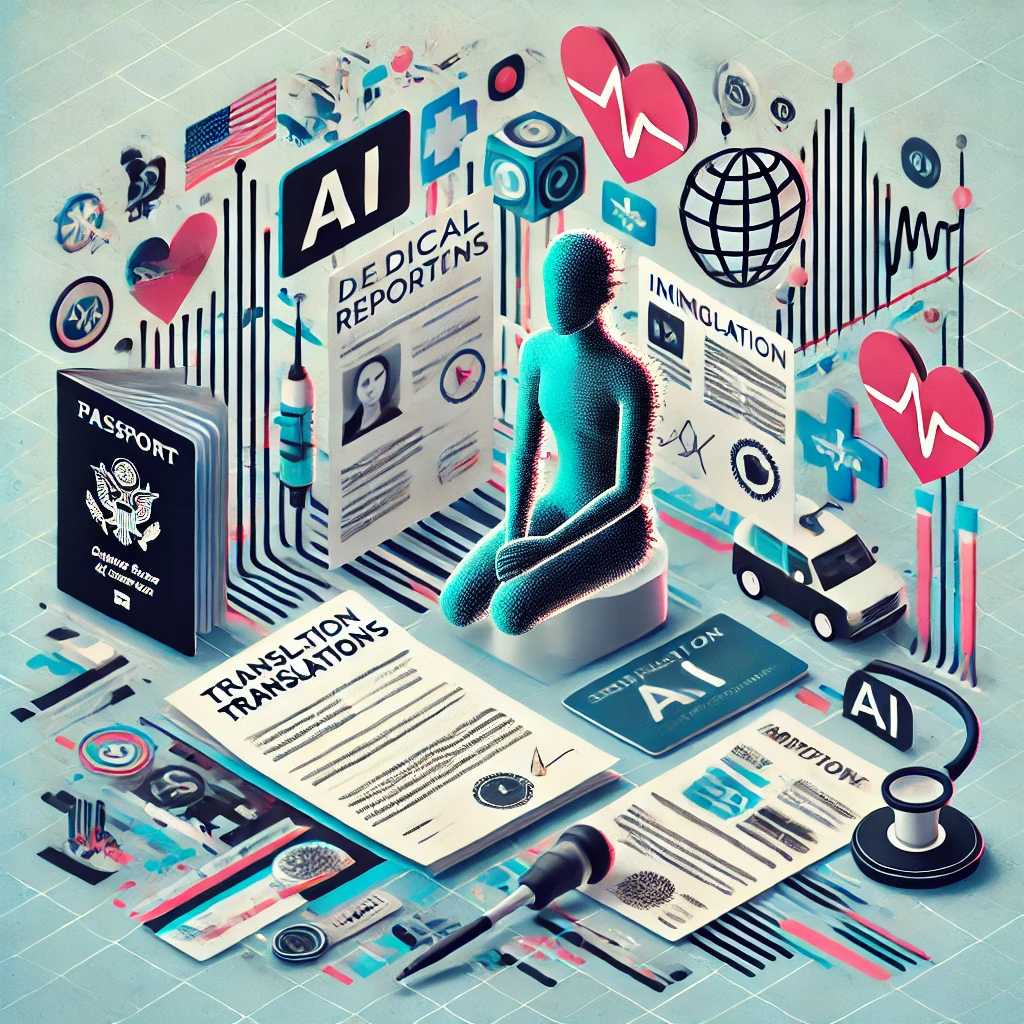Logging off Life but Living On: How AI Is Redefining Death, Memory, and Immortality
In an era where technology permeates every facet of our existence, the concept of mortality is undergoing a profound transformation. The advent of artificial intelligence (AI) has ushered in new paradigms for how we perceive death, preserve memories, and even contemplate immortality. Our digital legacies don’t just preserve memories; they can continue to influence the world long after we’re gone. This convergence of AI and human legacy challenges traditional notions of life and death, offering both remarkable opportunities and complex ethical dilemmas.
watch the video, just click
Traditionally, legacies were tangible—testaments in wills, cherished heirlooms, or stories passed down through generations. Today, digital footprints have become an integral part of our identities. Social media profiles, digital photos, personal blogs, and even online transactions contribute to a comprehensive digital portrait that persists beyond our lifetimes. AI enhances these digital legacies by enabling dynamic interactions with our digital selves, transforming static memories into living narratives.
2. AI-Powered Digital Avatars and Chatbots
One of the most striking applications of AI in preserving memories is the creation of digital avatars and chatbots that emulate the personalities of deceased individuals. Using vast amounts of personal data—such as messages, videos, and social media interactions—AI can generate responses that mimic a person’s communication style, preferences, and even emotional nuances.
Case Study: Companies like Replika and Eternime have developed platforms where users can create AI-driven avatars of themselves or their loved ones. These avatars can engage in conversations, recall shared memories, and provide a semblance of companionship, offering solace to those grieving the loss of a family member or friend.
3. Virtual Memorials and Interactive Tributes
AI is revolutionizing memorial practices by enabling interactive and immersive experiences. Virtual memorials allow friends and family to gather in digital spaces, share memories, and honor the deceased in ways that transcend geographical limitations.
Example: Virtual reality (VR) platforms can recreate significant places from a person’s life, allowing users to explore environments that held meaning for the deceased. These interactive tributes can include AI-generated narratives that tell the story of the individual’s life, achievements, and personal anecdotes, making the memorialization process more engaging and personalized.
4. Influencing the World Posthumously
Beyond preserving memories, AI can enable individuals to continue influencing the world after death. Through AI-driven content creation, philosophies, and even decision-making processes, a person’s legacy can have an enduring impact.
Applications:
• Content Generation: AI can produce new articles, books, or artworks inspired by a deceased creator’s style and themes, extending their creative output.
• Philosophical Contributions: AI systems can engage in debates or discussions based on the philosophical viewpoints of individuals, perpetuating their intellectual legacy.
• Decision-Making Assistance: For leaders or thinkers, AI can simulate their decision-making processes, providing guidance in line with their established values and strategies.
5. Ethical Considerations and Challenges
While the potential of AI in redefining death and memory is promising, it also raises significant ethical questions:
• Consent and Privacy: Should individuals have control over how their digital legacies are used posthumously? Ensuring that AI representations respect the privacy and wishes of the deceased is paramount.
• Authenticity: AI-generated interactions may lack the genuine emotions and unpredictability of human relationships. Determining the authenticity and appropriateness of these digital engagements is a complex issue.
• Emotional Impact: Relying on AI for companionship after loss could have psychological implications, potentially hindering the natural grieving process or leading to emotional dependency on digital entities.
• Digital Divide: Access to AI-driven legacy tools may be limited by socioeconomic factors, creating disparities in who can benefit from these technologies.
6. The Future of Immortality Through AI
The quest for immortality has long been a subject of human fascination, explored through myths, literature, and various technologies. AI brings this age-old pursuit into a tangible realm by offering ways to extend human presence beyond biological limitations.
Potential Developments:
• Neural Emulation: Advanced AI could potentially emulate human consciousness, allowing aspects of an individual’s mind to persist in digital form.
• Genetic and Memory Preservation: Integrating AI with genetic data and memory storage could enable a more holistic preservation of an individual’s essence, blending biological and digital immortality.
• Societal Integration: As AI-driven immortality becomes more sophisticated, societal norms and legal frameworks will need to adapt to accommodate the new dimensions of life, death, and legacy.
7. Rap up and take away
Artificial intelligence is not merely a tool for convenience or efficiency; it is reshaping the very fabric of human existence, particularly in how we confront and conceptualize death. By transforming our digital legacies into dynamic, interactive, and influential entities, AI offers a pathway to a form of immortality that transcends the physical limitations of the human body. However, this evolution comes with profound ethical responsibilities and challenges that society must address to ensure that the integration of AI into our legacies honors the essence of what it means to be human. As we navigate this brave new world, the balance between technological advancement and the preservation of our humanity will be crucial in defining the legacy we leave behind.
